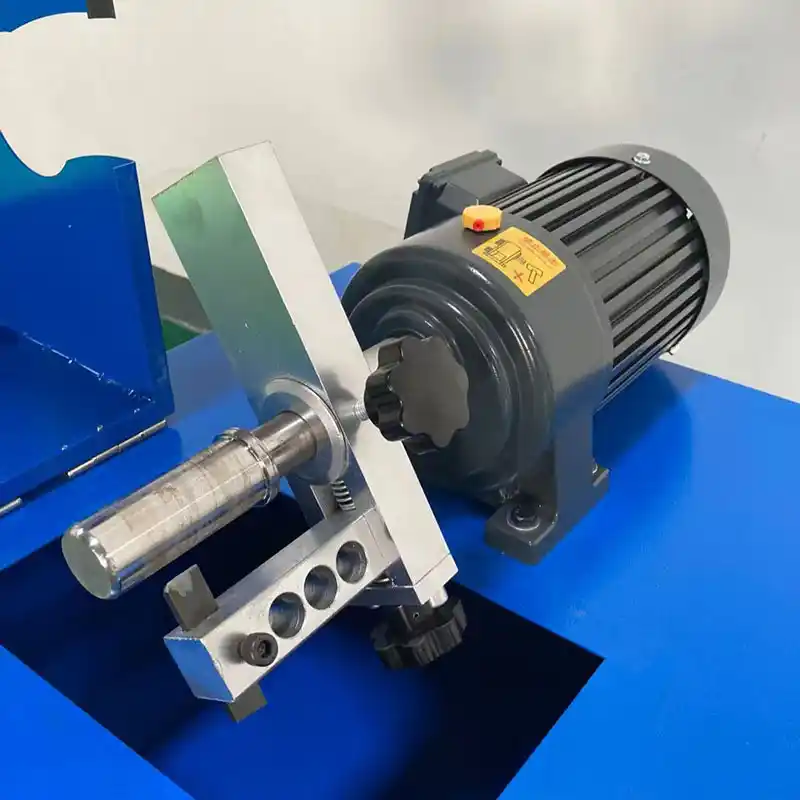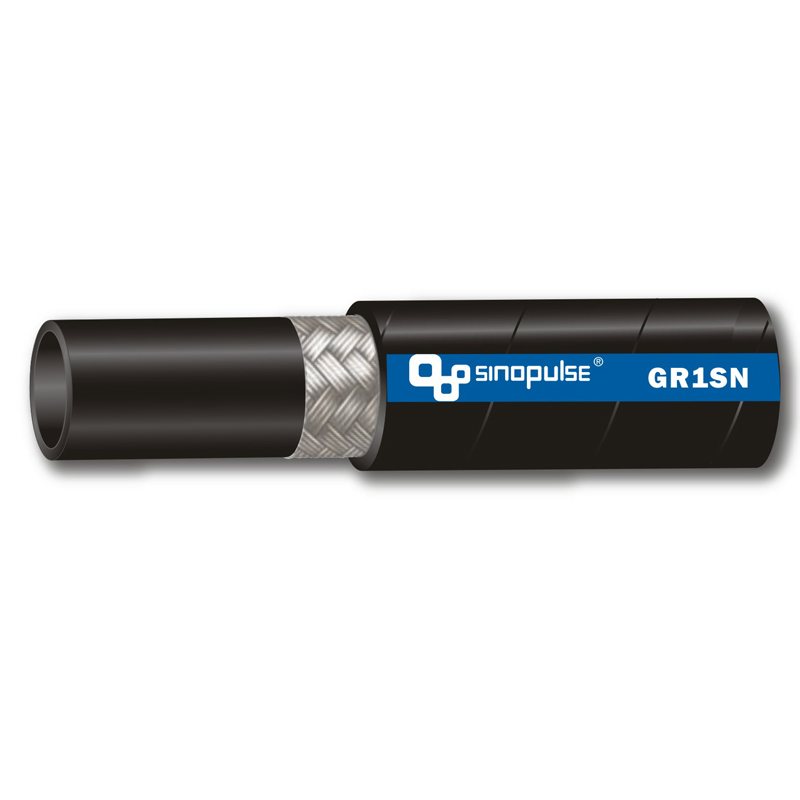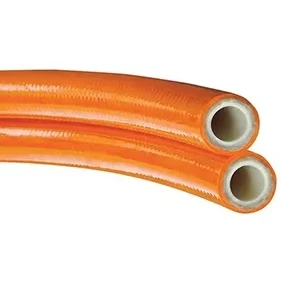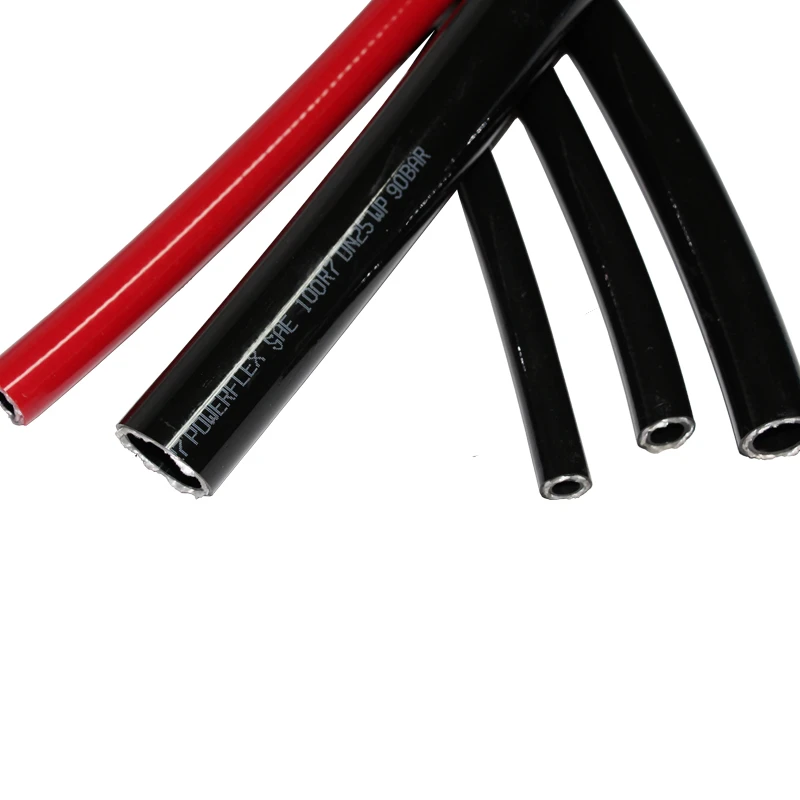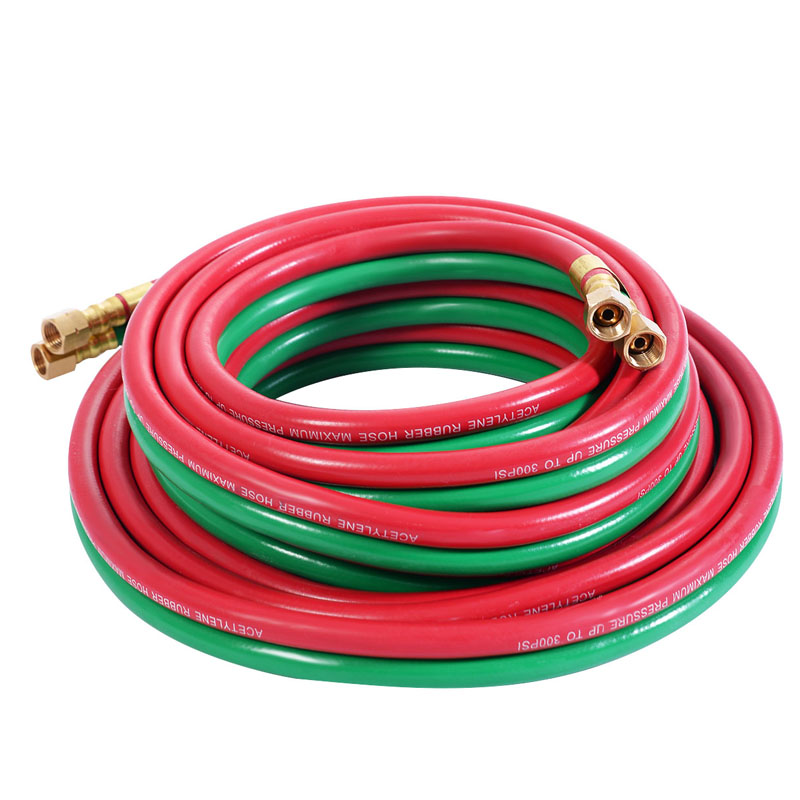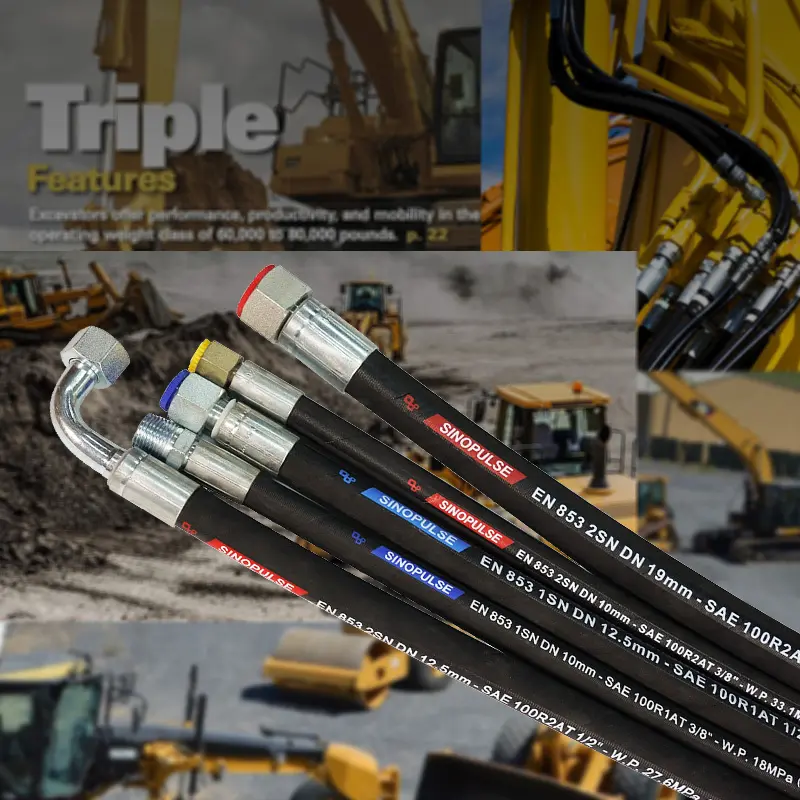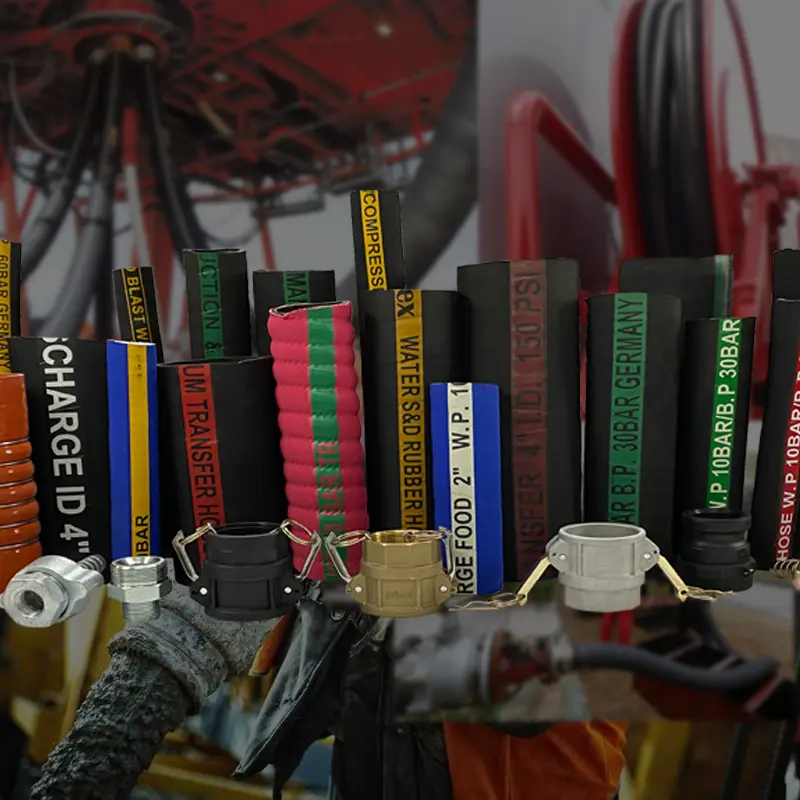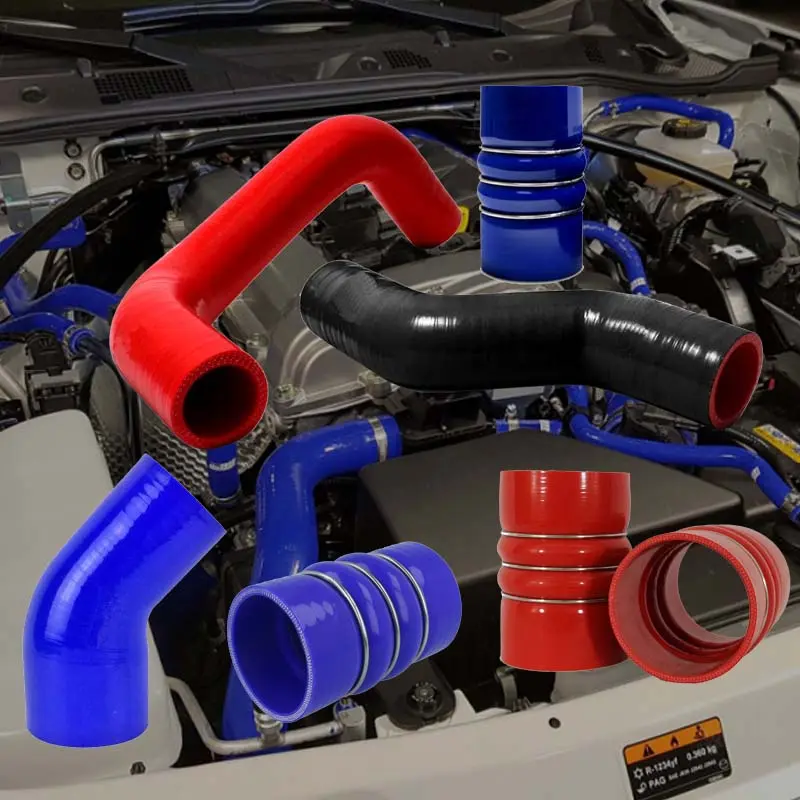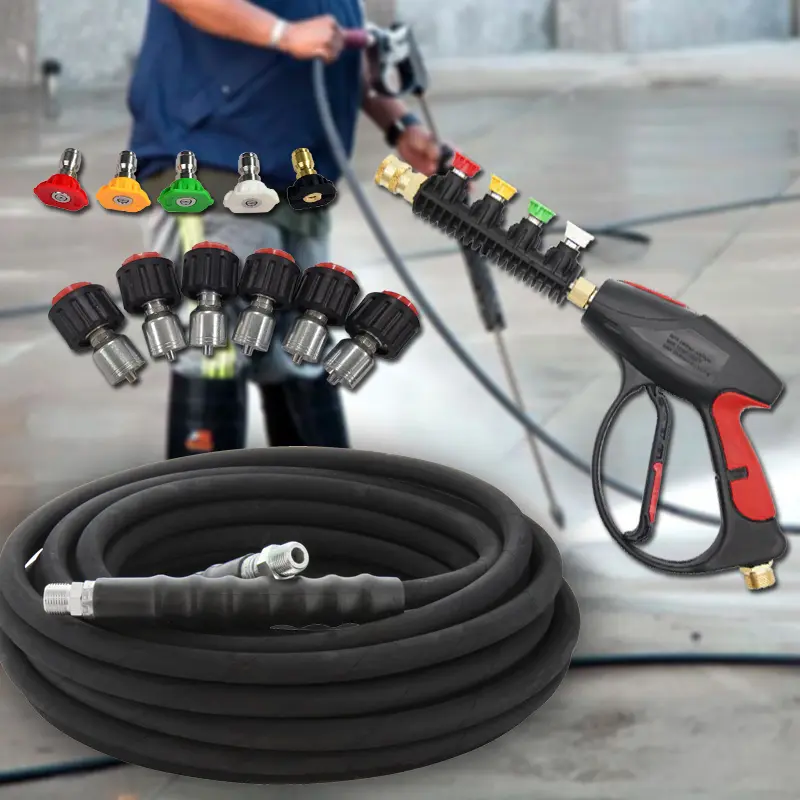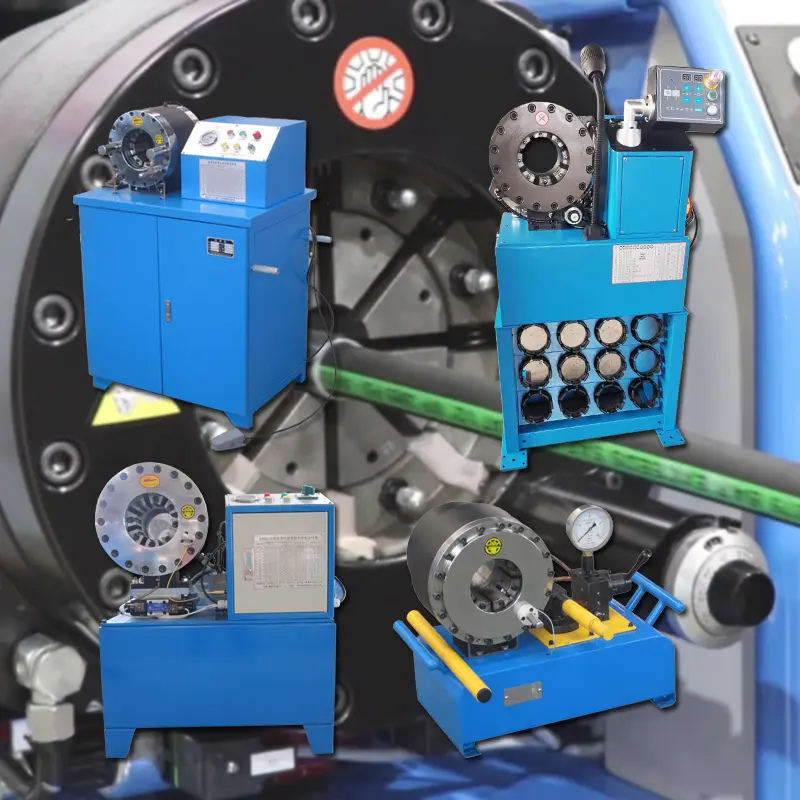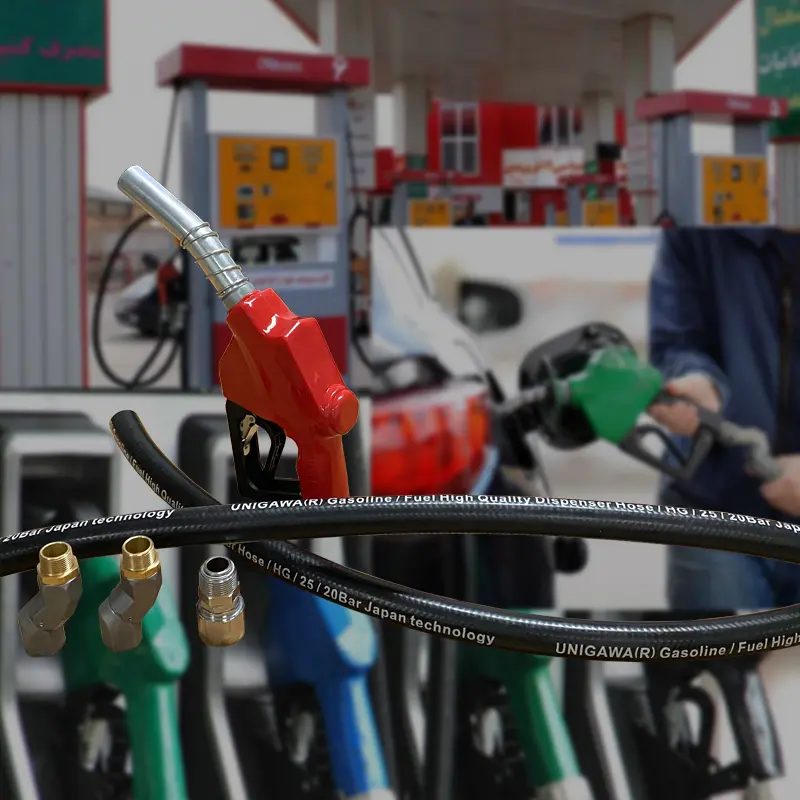Hydraulic hoses are essential components in various industrial, automotive, and commercial applications. Two of the most common types are braided hydraulic hoses and spiral hydraulic hoses. While both serve similar purposes, the materials, design, and performance capabilities of these hoses vary significantly. In this article, we will dive into the specifics of each, exploring products like steel wire braided hose, and steel wire spiral hydraulic hose to understand how each option can meet different needs.

What is Wire Braided Hydraulic Hose
The steel wire braided hose is a type of hydraulic hose that features an inner tube reinforced with a steel wire braid. The steel braid offers exceptional strength and durability, which makes it ideal for hydraulic applications. Steel braided hoses are commonly used in automotive, construction, and manufacturing industries, where high-pressure systems demand reliable and robust solutions.
Wire braided hydraulic hoses usually consist of three layers:
Inner Tube: Using oil-resistant and heat-resistant synthetic rubber, such as nitrile rubber (NBR) or chloroprene rubber (CR), to ensure smooth liquid flow and corrosion resistance.
Reinforcement Layer: Composed of one, two or three layers of high-strength steel wire braided mesh to enhance the pressure resistance of the pipe body.
The steel wires are cross-woven to make the pipe body soft and able to withstand high pressure.
We use high-speed braiding machines with German technology and a 3*3 braiding structure, which makes the braiding angle more beautiful and more durable. The steel wire has no joints to ensure pressure resistance.
Cover: Made of wear-resistant, weather-resistant and aging-resistant rubber materials, it protects the hose from the external environment (such as ultraviolet rays, mechanical wear, etc.).
Wire braided hydraulic hoses are mainly divided into: Single-layer wire braided hydraulic hose and double wire braided hydraulic hose.
Common single-layer wire braided hydraulic hoses are 1SN/SAE 100 R1AT, which are suitable for medium and low pressure applications.
Popular double wire braided hydraulic hose are 2SN/SAE 100 R2AT, En 857 2SC hydraulic hose, which are used for medium and high pressure applications.
What is Wire Spiral Hydraulic Hose
Wire spiral hydraulic hose is a hydraulic hose reinforced by multiple layers of high-strength steel wire spirally wound. It can withstand high and ultra-high pressure and is widely used in high-load hydraulic systems such as heavy machinery, mining equipment, and oil field drilling.
Wire-wound hydraulic hoses usually consist of three layers:
Inner Tube: Uses oil-resistant and heat-resistant synthetic rubber, such as NBR.
Reinforcement Layer: It is made of 4 or 6 layers of high-strength steel wires spirally wound, with each layer of steel wires wound in an alternating direction and separated by a rubber sheet to resist higher pressure.
Cover: Uses wear-resistant, weather-resistant, and high-temperature resistant rubber materials to protect the hose.
According to the number of steel wire layers and working pressure, steel wire wound hydraulic hose is mainly divided into:
Four-layer steel wire spiral hydraulic hose (EN856 4SP and 4SH) – suitable for higher pressure applications, pressure can reach 35-42MPa.
Six-layer steel wire spiral hydraulic hose (SAE 100 R13, SAE 100 R15) – ultra-high pressure hydraulic system.
Difference between steel wire braided hydraulic hose and spiral hydraulic hose
Construction of steel wire hose
The primary difference between steel wire braided hydraulic hoses and spiral hydraulic hoses lies in their construction. Steel wire braided hoses consist of one or more layers of steel wire braided around the rubber or synthetic inner tube. This braiding provides reinforcement and enhances the hose's ability to withstand high pressures.
In contrast, spiral hydraulic hoses are constructed with steel wires arranged in a spiral pattern around the inner tube. This design allows for greater flexibility and can accommodate higher pressure ratings compared to braided hoses. The spiral construction provides a more uniform distribution of stress along the hose, making it less prone to failure under extreme conditions.
Pressure Ratings
When it comes to pressure ratings, spiral hydraulic hoses generally outperform steel wire braided hoses. Spiral hoses can handle higher pressures due to their robust construction, making them ideal for heavy-duty applications such as construction, mining, and oil and gas industries. They are often rated for pressures exceeding 5,000 psi, depending on the specific design and materials used.
On the other hand, steel wire braided hoses typically have lower pressure ratings, usually ranging from 1,500 psi to 4,000 psi. While they are suitable for many applications, they may not be the best choice for environments where extremely high pressures are a concern.
Applications
Due to their differences in construction, pressure ratings, and flexibility, steel wire braided hoses and spiral hydraulic hoses are suited for different applications. Steel wire braided hoses are commonly used in moderate-pressure applications, such as agricultural machinery, automotive systems, and general industrial use. They are effective in environments where flexibility is not a primary concern.
Conversely, spiral hydraulic hoses are ideal for high-pressure applications, including hydraulic systems in construction equipment, mining machinery, and oil drilling operations. Their ability to withstand extreme conditions and maintain flexibility makes them a reliable choice for demanding environments.
Conclusion
In summary, the differences between steel wire braided hydraulic hoses and spiral hydraulic hoses are significant and should be carefully considered when selecting the appropriate hose for a specific application. While steel wire braided hoses offer adequate performance for moderate pressures and general use, spiral hydraulic hoses excel in high-pressure environments and provide greater flexibility. Understanding these distinctions can lead to better decision-making and improved performance in hydraulic systems.
Product Application









